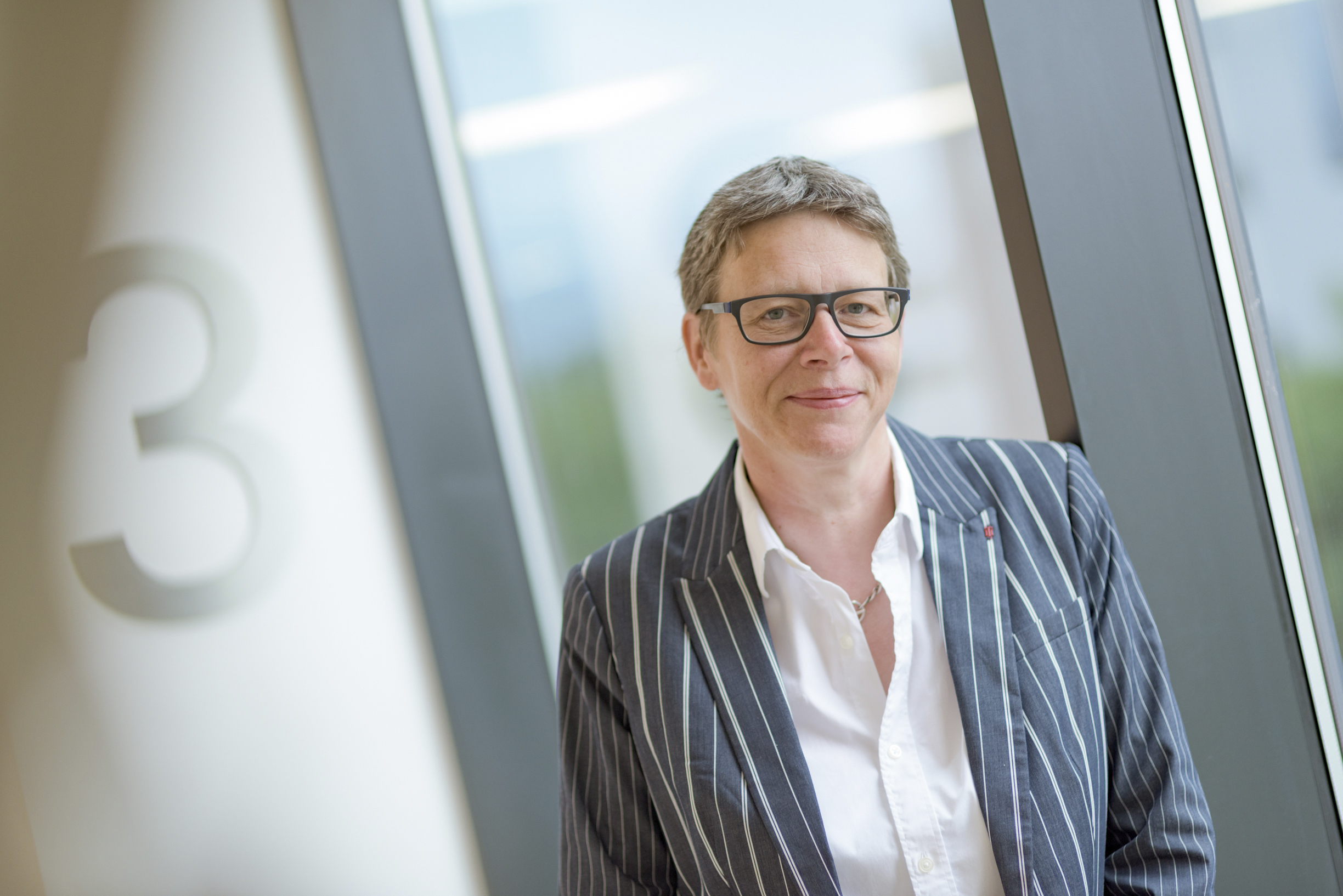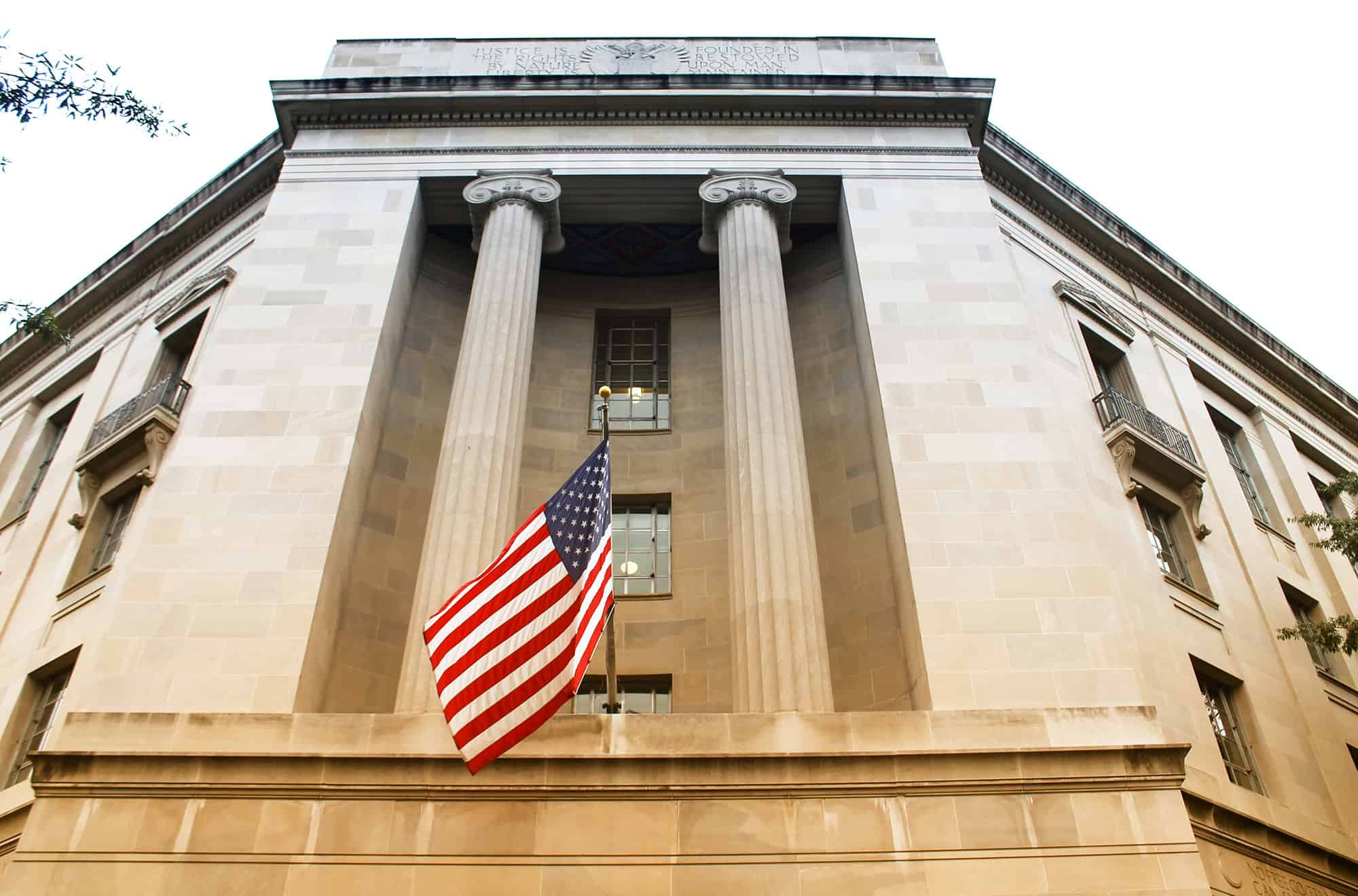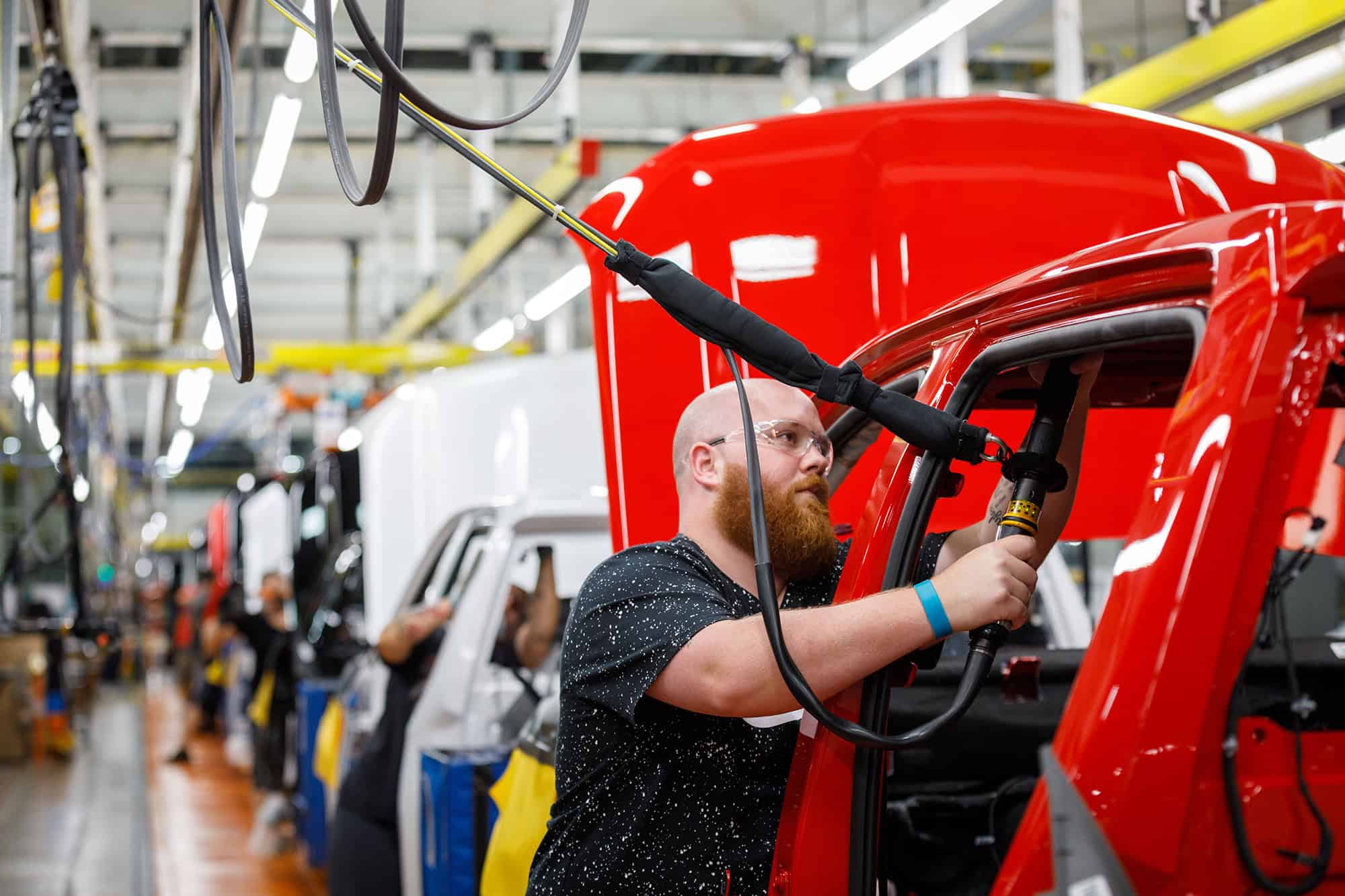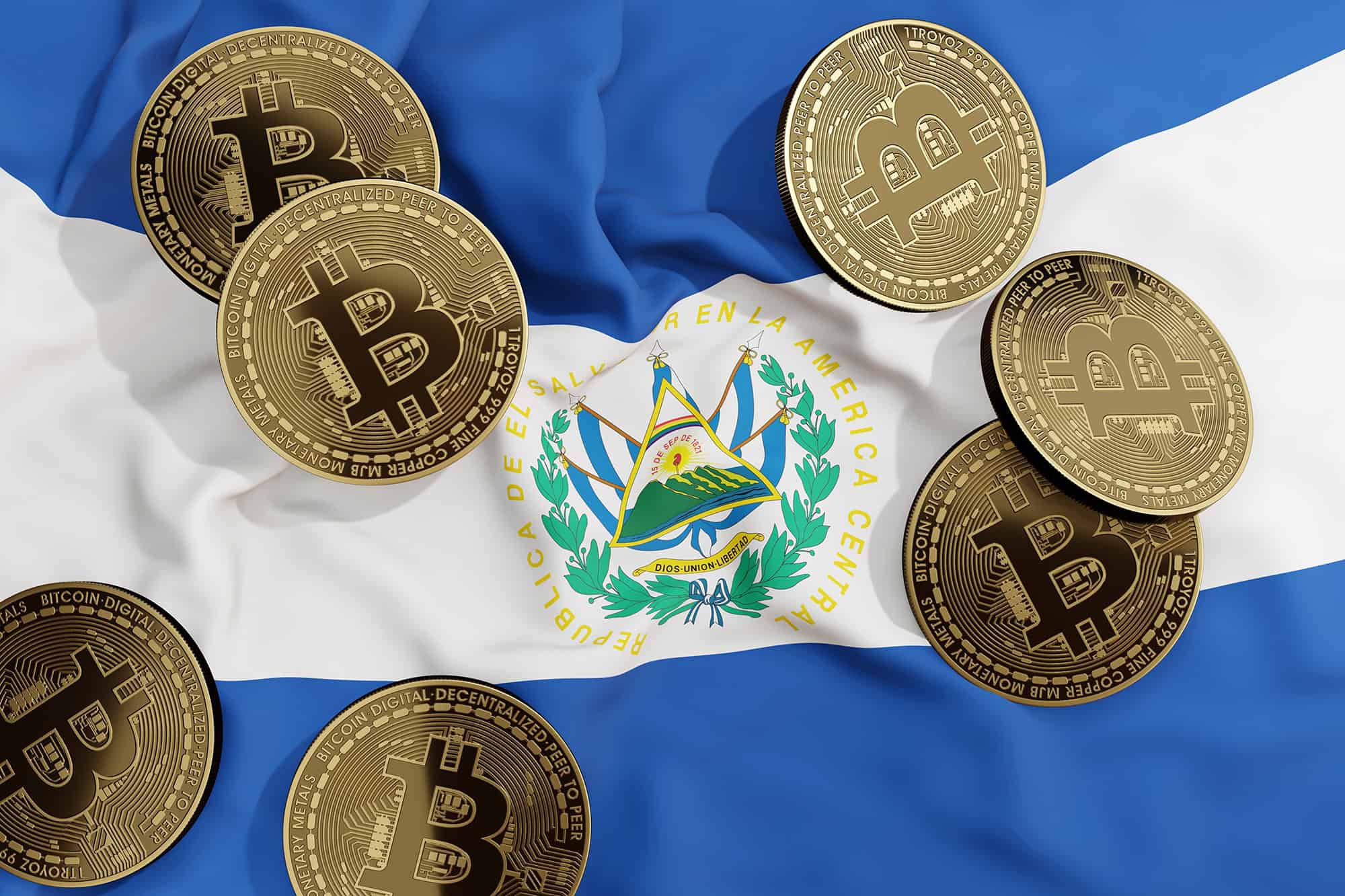The Green Investment Puzzle | Global Finance Magazine

Investors are eager to spend trillions on energy transition, but too much money is piling into mature projects, while high-risk innovations struggle to attract backing.
Will there be enough money in the world to save the planet? The answer to this urgent question is not straightforward.
Big-picture prognosticators name staggering sums needed to finance a greener future—and equally daunting shortfalls in securing them. Investment in the energy transition must more than double to $4.5 trillion annually to reach internationally agreed 2030 emissions targets, according to European financier Allianz. The US-based Boston Consulting Group (BCG) estimates an $18 trillion net-zero “capital gap,” in a late 2023 report.
The outlook for 2025 appears even more challenging. US President Donald Trump has reclaimed the office, vowing to dismantle the generous green subsidies his predecessor, former President Joe Biden, had advanced through the Inflation Reduction Act (IRA)—and to “drill, baby, drill” for oil and gas. High energy costs and farmer protests are eroding support for Europe’s ambitious transition agenda, while Canada is poised to roll back its precedent-setting carbon tax.
In financial markets, stubbornly high interest rates are keeping the cost of capital-intensive energy infrastructure elevated for longer. Meanwhile, a surge in data center construction, driven by AI, is supercharging electricity-demand projections—prompting a return to fossil fuel dependency. “One of these data centers can take as much power as a small city,” says Richard de los Reyes, a portfolio manager at T. Rowe Price’s New Era Fund. “There’s an increasing recognition that a lot of that will have to come from natural gas.”
Green Investing’s Mismatched Realities
The view is quite different, though, in the financial trenches, among practitioners who are raising capital and structuring deals. They worry about too much capital chasing too few green investments. “I’m still a true believer that the megatrends of decarbonization and digitalization will transform the way we live,” says Alex Leung, head of infrastructure research and strategy at UBS Asset Management. “But [these sectors] are getting to be crowded trades.”
How can both be true? The renewable energy universe is increasingly divided from a financial perspective. There is no shortage of capital, but much of it is concentrated in a few mature green technologies, while more-innovative or unproven sectors struggle to attract funding.
On one side are established, cost-effective technologies that investors can back with a reasonable expectation of a steady, decades-long payout. Solar and onshore wind power have moved into this category, as economies of scale and an equipment boom in China have driven the costs of these energy sources below fossil fuels.
On the other side are technologies that show promise but not yet profit, such as carbon capture or green hydrogen; or those with uncertain risks and high costs, like offshore wind. These projects still rely on deep-pocketed corporate backers or government support to reach commercial viability.
“Everyone wants to be part of the energy transition on paper,” says Antoine Saint Olive, global head of infrastructure and energy finance at Natixis Capital and Investment Banking in Paris. “But when you have a real deal on your desk, in many cases you are talking about new technologies.”
This mismatch—between an abundance of capital for well-established projects and an undersupply for higher-risk innovations—helps explain why trillions are still needed, even as investors complain of crowded trades.
Perhaps the most critical deals are in a border zone between proven and new technologies: in fast-developing storage systems for solar and wind power, and in adjustments to grids needed to transmit it. Renewable-generation investments will eventually hit a wall without upgraded delivery to the customer, and in some places they may have already.
As a rule of thumb, existing grids can cope until renewables reach 15% of their input, says Rebecca Fitz, a BCG partner and founding member of the firm’s Center for Energy Impact. Some parts of Europe are above 50%, creating “a bottleneck in power market design,” she says.
Europe’s patchwork of national grids and regulators poses special challenges to moving green energy from where it’s best produced—Spain and Portugal for solar, the Netherlands for wind—to where it’s needed, adds Stef Beusmans, an associate partner at Sustainable Capital Group in Amsterdam. “Different national support schemes make it harder for Europe to really fast-track deployment of clean energy,” he says.
Energy Transition Financing At A Crossroads
The enormous scope and complexity of the energy transition present both challenges and opportunities to the venerable, low-profile world of infrastructure finance, which absorbs about 4% of global capital, according to UBS. Plain vanilla deals are rare in this area. Bond underwriters and traders have rating agencies to guide them and liquid markets to distribute risk, but infrastructure investors must structure transactions individually and often hold the risk for the long haul. “Structuring and closing a deal could take up to a year,” Leung says. “Many infrastructure assets require active management after that. This isn’t just clipping a coupon.”
Green investments make the game only harder, says Marta Perez, head of the Americas infrastructure debt team at Allianz Capital Partners. “Traditional project finance models, which were designed around more-predictable long-term assets like fossil fuel power plants, need to evolve for the variable, often decentralized nature of renewable energy systems,” she explains.

Climate activists focus on a range of priorities: planting trees, insulating buildings, and more. For investors, however, the primary concern is electricity. BCG estimates that electric vehicles and other “end uses” of electricity account for 90% of the $18 trillion net-zero capital gap. “Electrified transport” and renewable-energy generation sucked up more than $600 billion each globally in 2023, according to Allianz. Power grid upgrades ran a distant third at $310 billion, and batteries and other energy-related components fourth at $135 billion.
The rush to build AI data centers—massive energy consumers—will drive those numbers only higher. UBS projects US electricity generation to grow by a staggering 20% annually from 2023-2026. The AI craze will be “slightly negative for decarbonization in the short term,” by demanding more power from fossil fuels, says Leung. However, AI also pulls the world’s biggest tech firms deeper into the energy transition. Despite recent fence-mending with Trump, Amazon, Alphabet (Google’s parent), Microsoft, and other hyperscalers that operate data centers remain “among the most committed to net-zero,” Leung says. “They may pay a premium for clean electricity.”
BCG’s Fitz points to a subtler trend: The AI-driven power surge is increasing the role of regulated utilities that can pass costs on through rate increases. That could provide one of the safest funding mechanisms for energy-transition investments. However, public resistance to higher bills—especially to fund Big Tech’s energy appetite—could become a major obstacle. BCG expects North American utilities to rely on renewables for 60% of the upcoming power demand increases, with natural gas supplying the other 35%.
One threat that infrastructure pros view as possibly overrated is Trump. The sheer duration of energy investments—far exceeding a single presidential term—makes policy swings less impactful. UBS research predicts that Trump will also struggle to repeal or gut the IRA. Roughly 70% of US renewable projects under development are in “red” states, which voted for Trump, Leung and his colleagues note. Eighteen Republicans in the House of Representatives already signed a letter opposing repeal, more than enough to be decisive in the narrowly divided chamber. But the impact of this resistance is hard to accurately measure, as Trump has been routinely bypassing Congress.
Texas, firmly in the Republican camp politically, nonetheless leads the US in wind and solar power. Nationwide, more than 70% of Americans support more wind and solar energy, according to Pew Research. UBS’ base-case scenario is that Trump will tweak the IRA rather than dismantle it, allowing Republican-led states to complete near-term renewable projects while still giving the president a political victory.
China Dominates Green Investing
The US, the world’s biggest economy, is not the leader in green investment. That distinction belongs to China, which last year sunk $818 billion into clean energy—more than the US, EU, and United Kingdom combined—according to CarbonCredits.com. Solar capacity in the People’s Republic jumped by 45.2% in 2024. China is also miles ahead in plans for nuclear power, which could be making a comeback in the US, too, if not Europe. Nuclear power emits no carbon, though it brings other well-known risks.
China’s leap forward in renewables is largely financed domestically, so global private capital looks elsewhere. Europe remains committed to a renewables surge to partly replace Russian natural gas imports, which Russian President Vladimir Putin cut off in response to Ukraine-related sanctions. The EU is also betting on more liquefied natural gas, but is still investing 10 times as much in renewables as in fossil fuels, the European Investment Bank (EIB) reports. The bloc’s total energy-transition investment jumped by one-third in 2023 to $360 billion and is expected to keep rising to meet 2030 carbon-reduction targets.
Other nations are also stepping up. India’s renewable capacity surged to nearly half the US level last year, with plans to triple by 2030. Six major solar developers in India have “successfully attracted investments from diverse sources, including foreign institutional investors from North America, Europe, and the Middle East,” S&P Global reports.
Brazil added a record 10.9 GW of power capacity last year, nearly 85% of it from renewables. Saudi Arabia is supporting the world’s largest and most ambitious green hydrogen project, near Neom, the kingdom’s “city of the future,” with $8.4 billion in promised investment, according to Neom. The goal is to split water molecules into their oxygen and hydrogen components using electric current produced from renewable sources, then store the hydrogen as a fuel source. Hot on their heels is the Saudis’ neighbor, the United Arab Emirates, leveraging its abundant sunshine for large-scale renewables projects.
Green Energy Has Plenty Of Investors
Capital for renewable energy is not drying up either. As populations age across the developed world and pension assets grow, managers look harder for investments that can match their long-term liabilities, Leung says. Funds in Australia and Canada, whose pension pools punch above their macroeconomic weight, are shifting up to 20% of their portfolios into infrastructure, he adds.
Environmental, social, and governance (ESG) principles continue to motivate big-ticket investors globally, Natixis’ Saint Olive points out. Banks, which provide at least as much infrastructure funding as institutional investors, still want to “greenify their balance sheets.” At least, banks outside the US do. “Banks and sponsors in the rest of the world still have ESG ambitions,” Saint Olive says. “That’s not going to collapse because there is a new president in one country.”
Private equity investments in green energy are also growing, from next to nothing before the pandemic to $26 billion globally by 2023, according to the EIB. Given the private equity model of leveraging up equity holdings, the money at work could be several times that figure.
Private equity players in the US are particularly focused on onshore wind generation, as solar becomes trendier and Texas officials push legislation that advantages fossil fuels, says BCG’s Fitz. “Private equity is paying a premium for wind assets,” she explains. “They view wind as a critical part of the energy picture going forward.”
Funding the global energy transition remains a monumental challenge. The US interstate highway system—one of the great infrastructure projects of the 20th century—cost $129 billion ($389 billion adjusted for inflation) when completed in 1991, according to the US Department of Transportation. That is a small slice of just one year’s capital needs for green power. The US highway system used proven technology and relied on the federal budget.
“Renewables require not just infrastructure, but also a complete rethinking of how energy is produced, stored, and distributed,” as Allianz’s Perez puts it. Governments, strained by 21st century social commitments, want to offload as much cost as possible to the private sector, China partially excepted.
Most renewable-transition estimates exclude the enormous investment required in mining the metals that will build batteries, grids, and turbines, Saint Olive notes. Mining is a “fully merchant business” too dependent on fluctuating prices to offer fixed, infrastructure-style returns; and it earns investors no green points for regulatory or public relations purposes, he adds. “Many banks don’t see the mining business positively from an ESG perspective,” he says. “They would rather let others finance it.”
Energy-Transition Train Is Already Moving
All the same, the global energy transition is not only continuing but accelerating, whatever the rhetoric coming from the White House. Infrastructure investors need to be part of the “complete rethinking” of a lower-carbon future. “The good-ol’ fully contracted project is getting harder to find,” Saint Olive observes.
But infrastructure investors are also used to designing bespoke solutions for a changing project landscape. “The beautiful part of our profession is that for the same asset you can have 20 different finance structures,” Saint Olive says. “In the US, you may have bank loans for construction, then turn to capital markets. European plants could rely on a 10-year power-purchase agreement. In the Middle East, you can get very long-term financing: construction plus 25 years.”
The critical question isn’t whether the transition will happen—but whether it will happen fast enough to avert ecological catastrophe. Private finance looks set to do its part, if engineers and governments can combine to deliver viable investments. “If projects are generating 20% returns, more capital will come in,” UBS’ Leung states. “Economic viability is a big part of the equation, but not always part of the discussion.”








